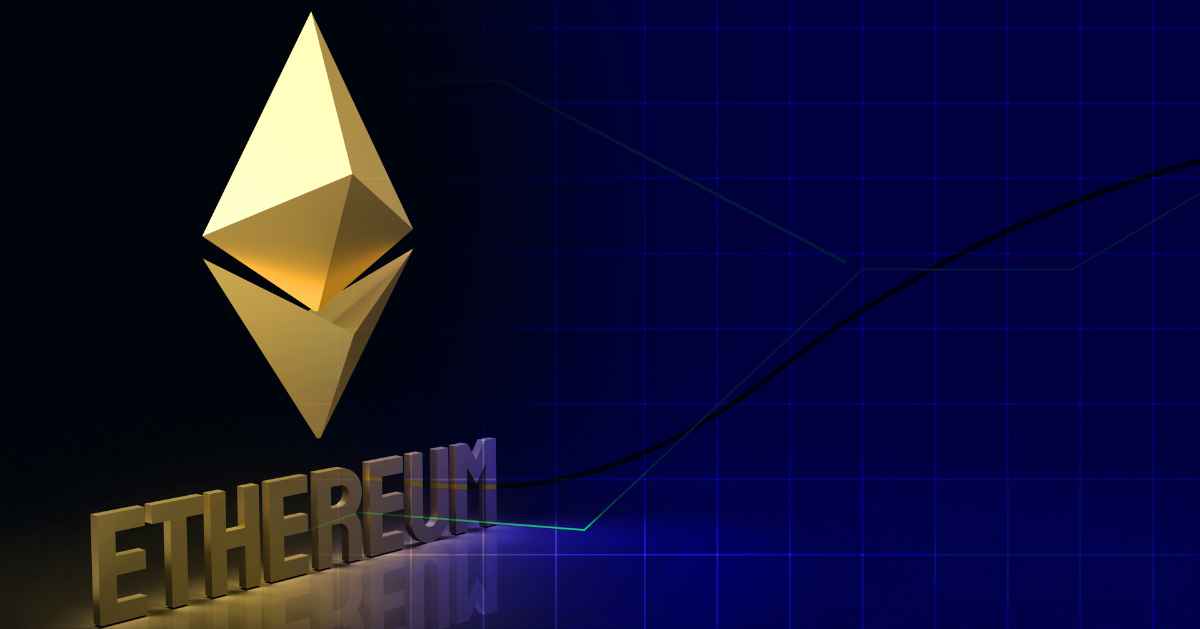Integrating Ethereum with IoT for Smarter Urban Environments

The rapid advancement of technology has led to the convergence of various innovative solutions that are shaping our urban environments. One such convergence is the integration of Ethereum with the Internet of Things (IoT), a trend that holds immense potential for creating smarter and more efficient cities. In this article, we will explore the exciting possibilities that arise when Ethereum and IoT come together, and how this integration can revolutionize urban living. Ethereum Code was created to be accessible to everyone, including individuals with little expertise or interest in money or technology.
Understanding Ethereum and IoT
Ethereum: Transforming Transactions and Beyond
Ethereum, a decentralized blockchain platform, goes beyond being just a cryptocurrency. At its core is the ability to execute smart contracts – self-executing agreements with the terms of the contract directly written into code. This feature introduces transparency, security, and automation to various industries, including finance, supply chain, and now, urban development.
Internet of Things (IoT): Interconnecting the Urban Landscape
IoT refers to the network of interconnected devices embedded with sensors and software that enable them to collect and exchange data. In urban environments, IoT devices are used to monitor traffic flow, energy consumption, air quality, and more. These devices provide a wealth of data that, when analyzed, can lead to informed decision-making for city planners and administrators.
The Synergy of Ethereum and IoT
● Smart Contracts Revolutionizing Urban Management
Imagine a scenario where traffic lights automatically adjust their timings based on real-time traffic data collected by IoT sensors. With Ethereum’s smart contracts, this becomes a reality. Smart contracts can facilitate the automatic execution of tasks, ensuring seamless coordination among various urban systems. For instance, waste management could be optimized, with trash collection routes determined dynamically based on fill-level data from smart bins.
● Decentralized Identity for Enhanced Security
Security concerns have always been a challenge in urban environments. The combination of Ethereum and IoT can address this through decentralized identity systems. Residents can have secure digital identities linked to their IoT-connected devices, enhancing access control and reducing the risk of identity theft.
● Transparent Supply Chain Management
The integration of Ethereum’s blockchain with IoT devices can revolutionize supply chain transparency. The provenance and authenticity of goods can be ensured at every step of the supply chain through immutable records on the Ethereum blockchain. This can lead to safer consumption, reduced fraud, and enhanced consumer trust.
Challenges and Considerations
While the integration of Ethereum with IoT holds immense promise, some challenges need to be addressed:
● Scalability
Both Ethereum and IoT generate a substantial amount of data. Ensuring that the network can handle this volume while maintaining transaction speed and efficiency remains a challenge.
● Interoperability
IoT devices are often developed by different manufacturers, leading to compatibility issues. Developing standardized protocols that ensure seamless communication between devices is crucial.
● Security
Just like any technology, ensuring security is of utmost importance. The decentralized characteristic of Ethereum provides an additional level of security, yet it’s crucial to consistently invest efforts to proactively address potential security risks.
Future Prospects
The potential of Ethereum-IoT integration extends beyond what we can currently envision:
● Energy Management
Picture a city where structures independently regulate their energy usage by analyzing real-time information about energy demand and availability. The utilization of Ethereum’s smart contracts can play a pivotal role in enabling this responsive energy management system. This approach aims to enhance energy consumption efficiency and minimize unnecessary waste.
● Autonomous Mobility
Autonomous vehicles, outfitted with Internet of Things (IoT) sensors, can establish communication via Ethereum’s blockchain. This innovative approach guarantees the facilitation of secure and optimal traffic movement, all while eliminating the necessity for a centralized traffic management system.
● Citizen Engagement
By utilizing Ethereum’s transparent and decentralized systems, individuals have the opportunity to engage effectively in urban decision-making processes. This has the potential to result in more adaptive governance practices and foster an environment of comprehensive urban development.
Conclusion
The integration of Ethereum, which functions as a user-friendly tool for streamlining navigation within the Ethereum network, in conjunction with the Internet of Things (IoT) has the remarkable capacity to revolutionize urban landscapes into more intelligent, streamlined, and ecologically sound domains. This amalgamation envisions a wide array of possibilities, ranging from establishing transparent supply chains to enabling self-regulating energy systems.
